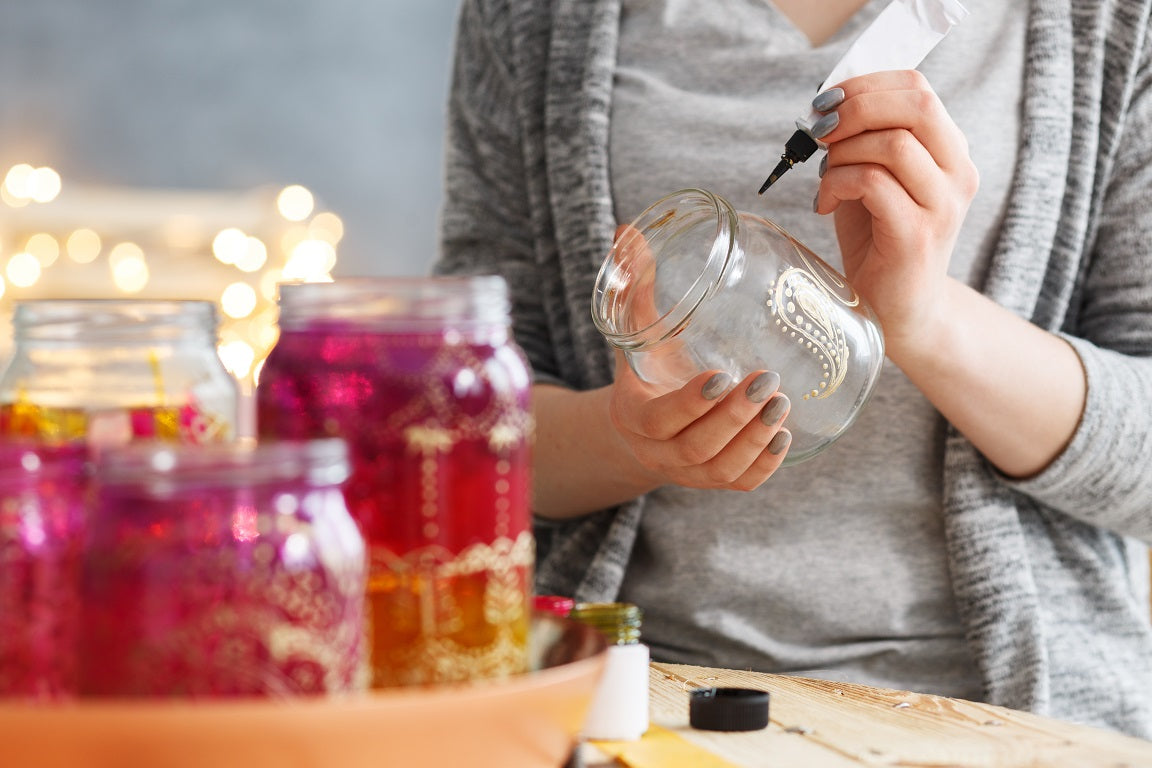Recycling Vs. Upcycling: What's the Difference?

Over the years, the term "upcycling" has been working its way into the conversations about sustainability efforts. While it hasn't quite earned itself mainstream popularity, it's still something of importance that we all should consider. But, don't we already have recycling? What's the difference between upcycling, and the well-established term recycling?
What is Recycling?
Everybody has heard the term recycling, and many participate in it. Recycling is where waste is turned into a reusable product or material. It is where common household items like glass, plastic, and paper are broken down and used again to form another product, often of lesser quality. For instance, the quality of paper and plastic decreases slightly each time they're recycled.
Examples of Recycling
Some examples of recycling are:
- Paving surfaces made from rubber tires
- Containers made from recycled plastic
- Refurbished coffee machine
What is Upcycling?
Upcycling is a very specific type of recycling where waste is turned into a product or material of higher quality. You don't have to send items to a recycling center for them to be broken down. Instead, you simply use your creativity to find new ways to repurpose items.
Examples of Upcycling
Some examples of upcycling are:
- A biodegradable flower pot made from old newspaper
- Felt slippers made from a used sweater's wool
- Jewelry made from zippers
- Trendy child's dress made from a T-shirt
Differences Between Recycling and Upcycling
The point of both recycling and upcycling just so happens to be their closest similarity — their goal is to conserve the environment. The primary difference between the two, however, is that with upcycling, you actually increase the quality or value of the item. Another significant difference is that recycling is usually a chemical reconstruction of the items, whereas upcycling is a total alteration that makes something totally new out of used products or waste.
Upcycling doesn't involve the breakdown of items to their base materials. Instead, it uses items just as they are in their present state to create a completely new item. And, recycling can only use materials until they can't be recycled anymore, whereas with upcycling, you get unlimited usage of the materials.
Upcycling is reinventing, reworking, and trying to obtain new forms out of materials and products without losing their original qualities that identify them. When you recycle something, it loses its original form. With upcycling, you can still identify the original object after it has assumed it’s new function.
Cost is another significant difference between the two. Even though you might have to purchase a few added supplies to create an upcycled product, it's typically less costly than recycling. While tossing an item in recycling instead of the garbage is free to people and better for the environment, having to remake the material from its base compounds takes:
- Energy
- Fuel
- Manufacturing costs
Even so, on an individual level, upcycling could end up costing more, but since you can sell and profit from many upcycling items, the cost is worth it.
Benefits of Recycling and Upcycling
Both upcycling and recycling reduces the amount of waste that winds up in the world's landfills. Also, they both decrease the need for having to produce new materials, meaning there will be less carbon emissions and pollution produced by manufacturers.
Should You Upcycle or Recycle?
Since both upcycling and recycling have many benefits, there's really no reason to choose one over the other. You can likely even engage in both. The decision is really up to you.
Upcycling is thought to offer a more long-term solution for conservation efforts and preventing landfill waste. There’s really only so many things you can recycle before they need to go into landfill.
With upcycling, you provide materials with new life, instead of stretching out materials to the end of their use cycle. Upcycling provides materials and items with new life. In fact, it actually has a never-ending lifespan. So, if you become bored with what you’ve made, you can simply make something new out of it.
So, if you weren’t already heavily weighing the option of upcycling, here is one perfect reason to — it can save you money. Rather than going out and purchasing that trendy new lamp, you could instead create an industrial looking chandelier out of repurposed old mason jars, for example.
Create your own reusable grocery shopping bags with old cut up t-shirts. Make dog ropes out of old jeans or use those old t-shirts to make “draft stoppers”, which will save you money on your energy bill. Each of these new upcycled materials will provide you with a higher quality product, and save you money.
Old headboards are another great upcycling project. They are typically quite beautiful, and can be transformed into a variety of useful items for your home. For example, turn a vintage headboard into a coat rack or hat rack, or use it to hang coffee cups in the kitchen. Headboards make great projects for benches or swings, too.
Bottom line, upcycling can actually be kind of fun, while you keep money in your pocket, and help save the planet.







